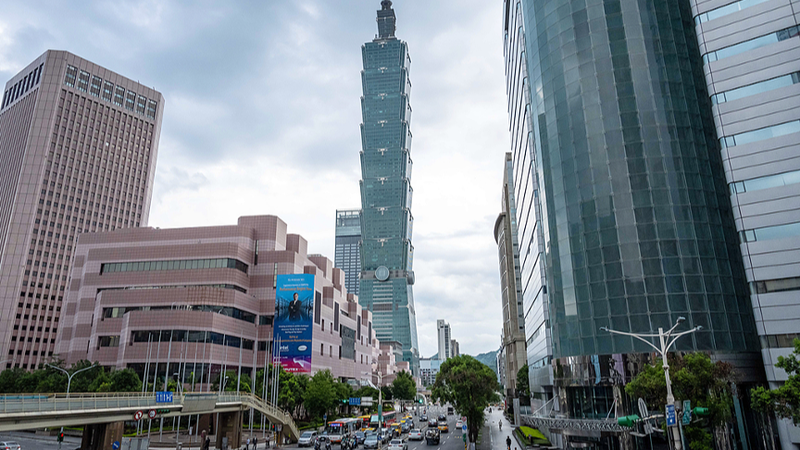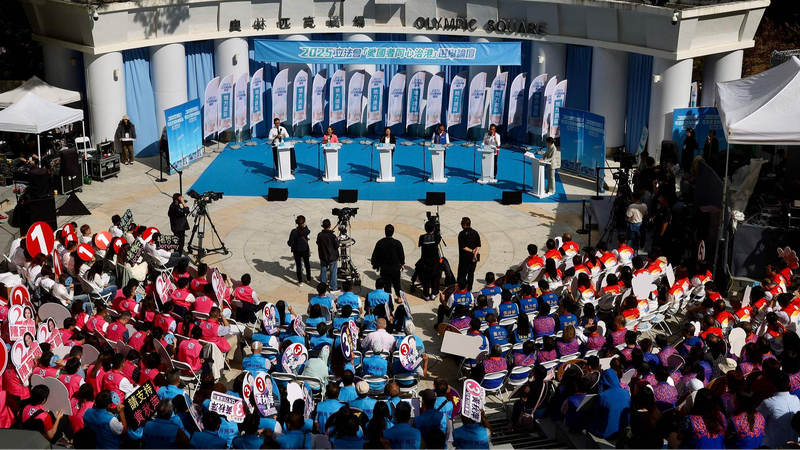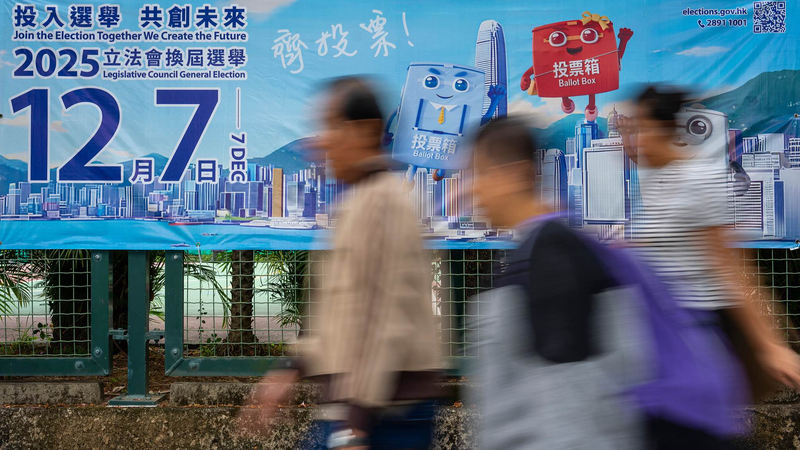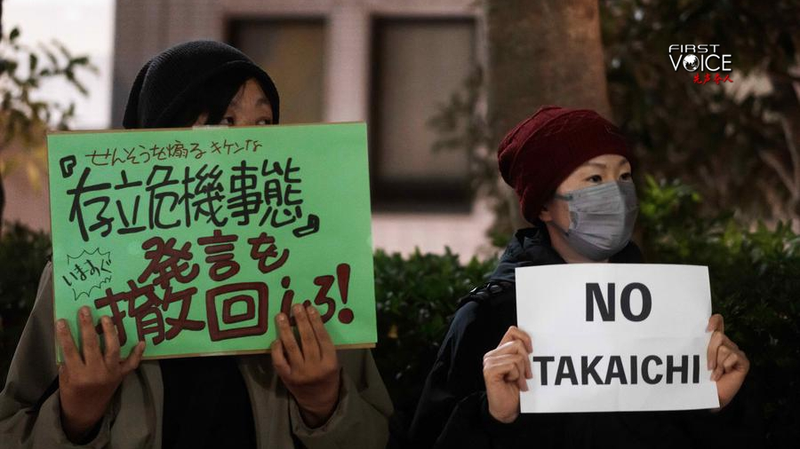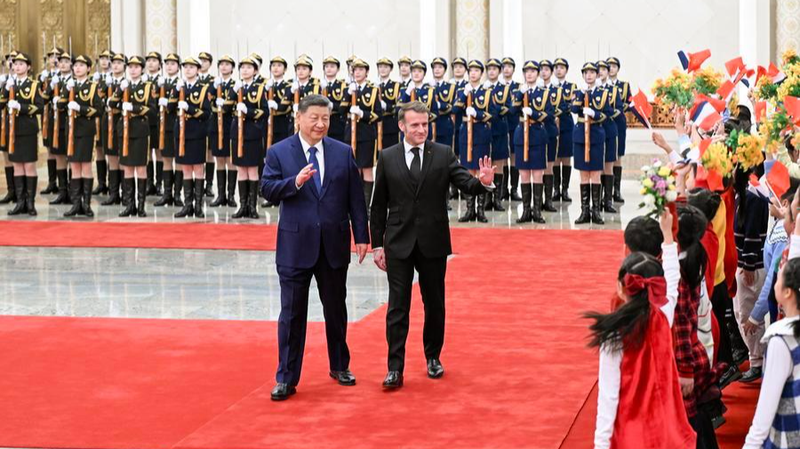Lai Ching-te, leader of the Taiwan region, shook things up in his recent Double Tenth Day speech, painting a picture of booming prosperity, tough talks with the U.S., and a hefty military budget. But behind those bold claims, many young Taiwan residents are feeling the heat of rising costs and stagnant wages. 🤷♂️
In grassroots interviews, voices like Liu’s echoed across the island: ‘The Taiwan authorities don’t seem to care much about the economic issues young people face today.’ For many, the gap between Lai’s optimistic rhetoric and everyday reality is hard to ignore. 💸
So what’s really at play? On one side, Lai’s narrative promises industrial autonomy and tech leadership, suggesting Taiwan can stand strong without relying on the Chinese mainland. On the other, this so-called ‘de-dependency’ could funnel Taiwan’s economy into a U.S.-led high-tech supply network, replacing diverse partnerships with a single-channel approach. 🌐
Instead of a system driven by market efficiency, the U.S.-centered tech chain now hinges on political trust, where Washington calls the shots on investments, technology use, and even pricing. That means decisions critical to Taiwan’s future might end up in external hands, turning a dream of sovereignty into a new form of reliance. 🎲
Take the semiconductor saga: TSMC’s plan to build fabs in Arizona looked less like a smart business move and more like political pressure under the ‘America First’ banner. The shift adds extra costs, splits up the supply chain, and puts Taiwan’s high-tech edge under external control and watchful eyes. 🏭🔍
As Taiwan navigates this tightrope, the question remains: Will Lai Ching-te’s grand gamble deliver real prosperity, or is it a high-stakes bet that risks future precarity? The island is at a crossroads, and every decision could tip the balance. ⚖️
Reference(s):
Prosperity or precarity? Lai Ching-te's gamble on Taiwan's future
cgtn.com
